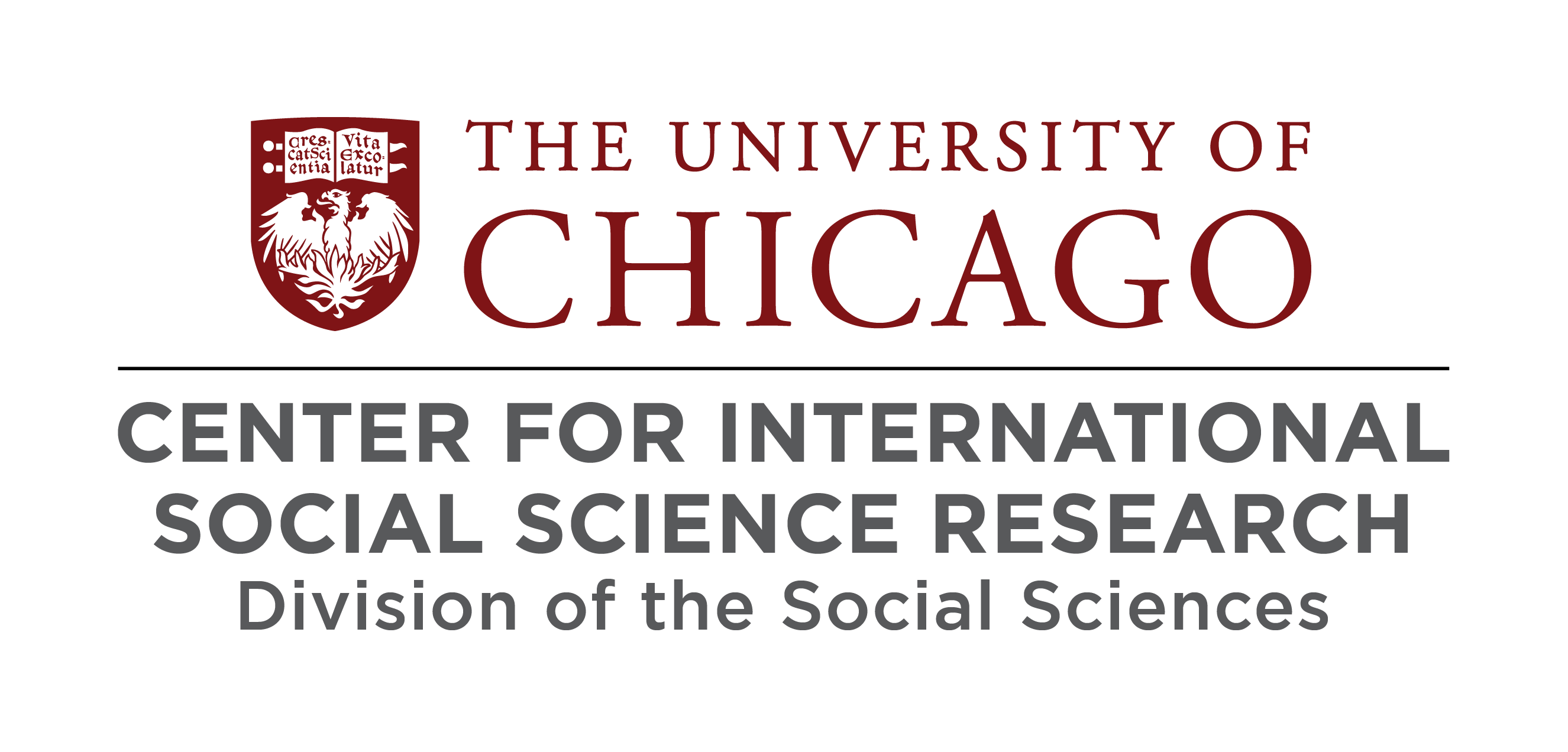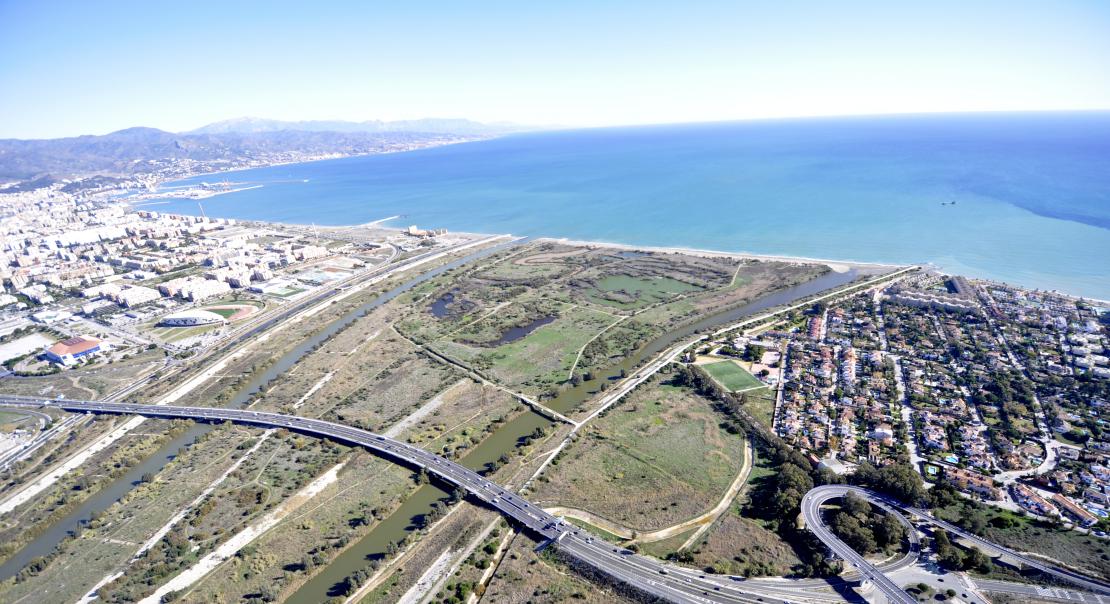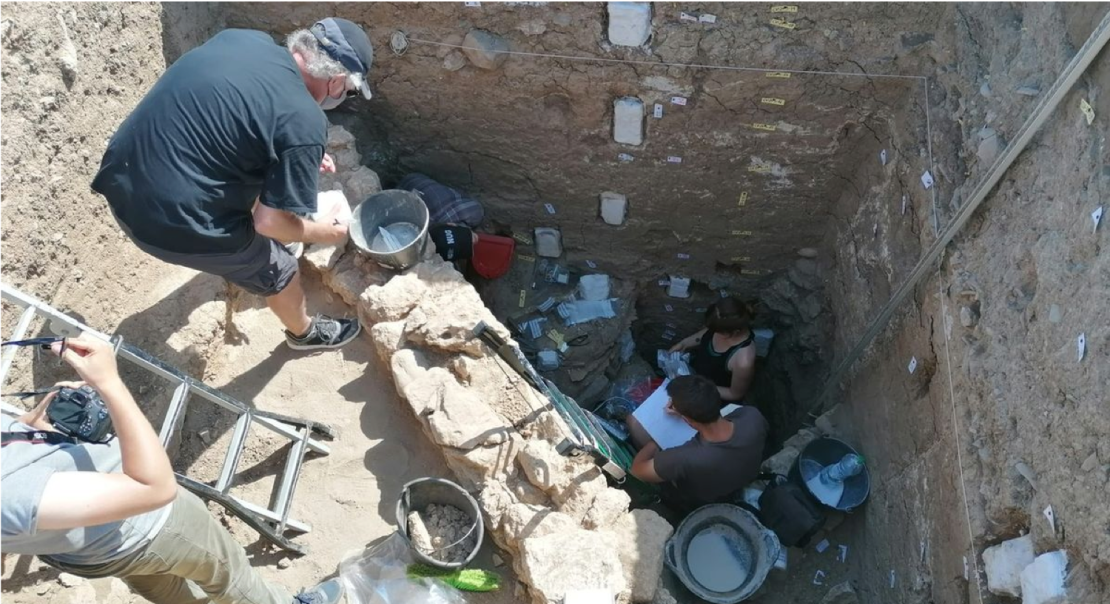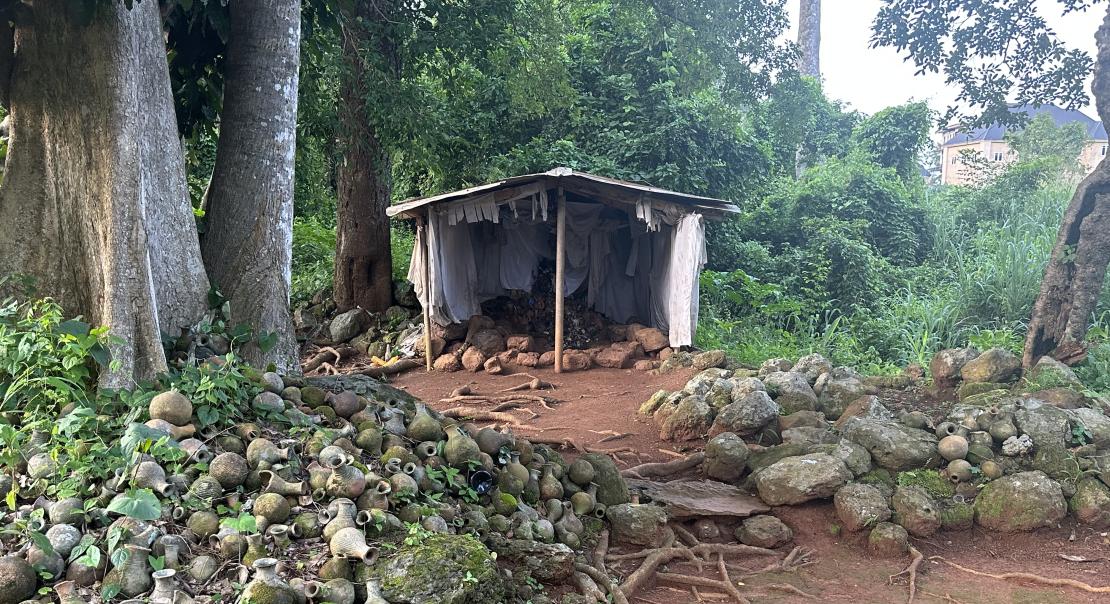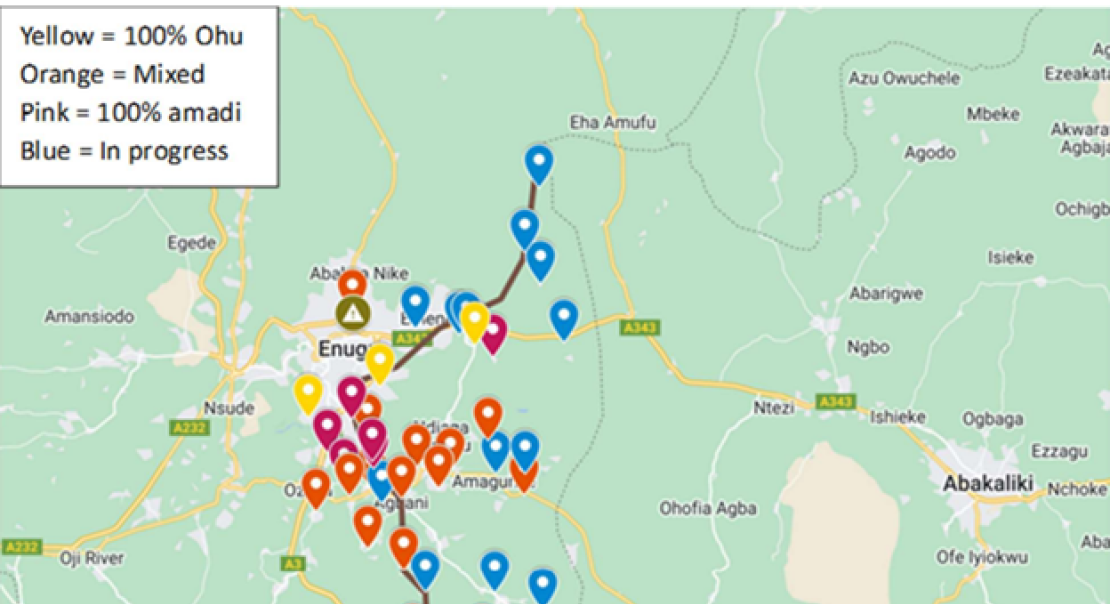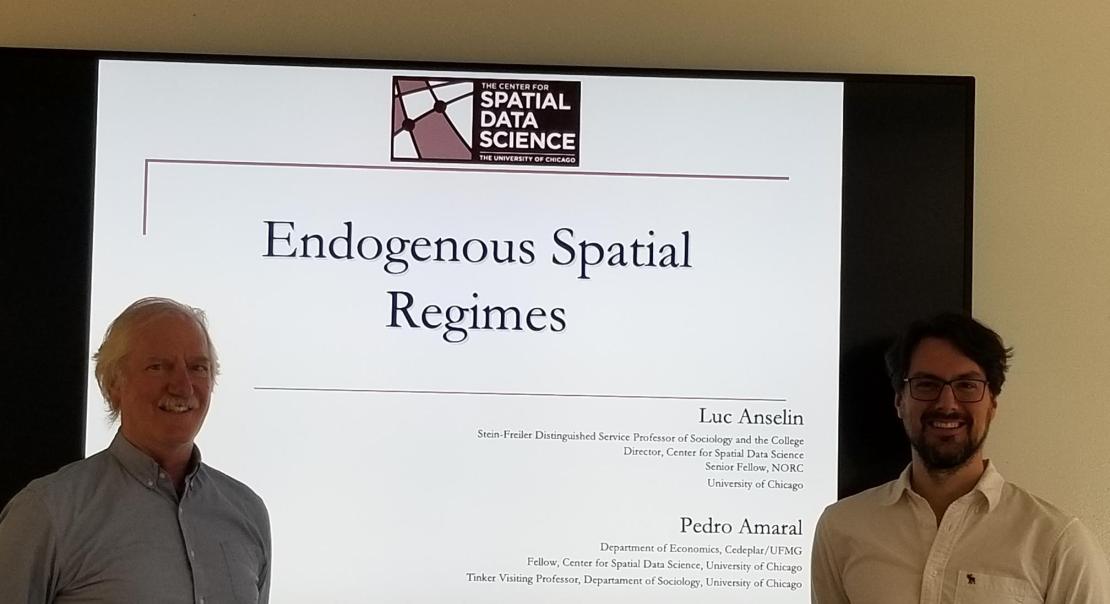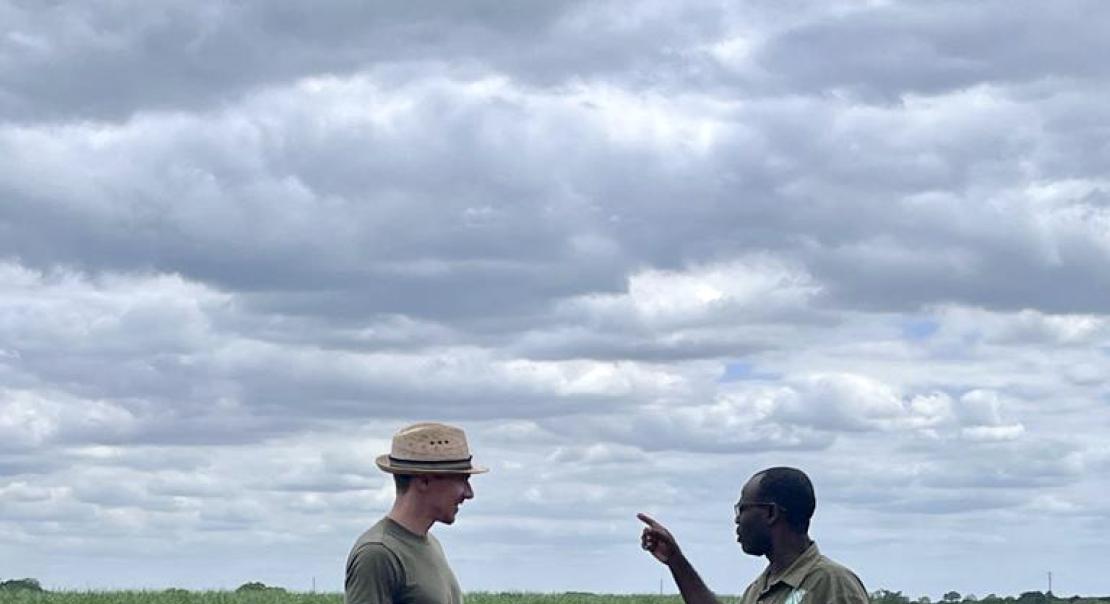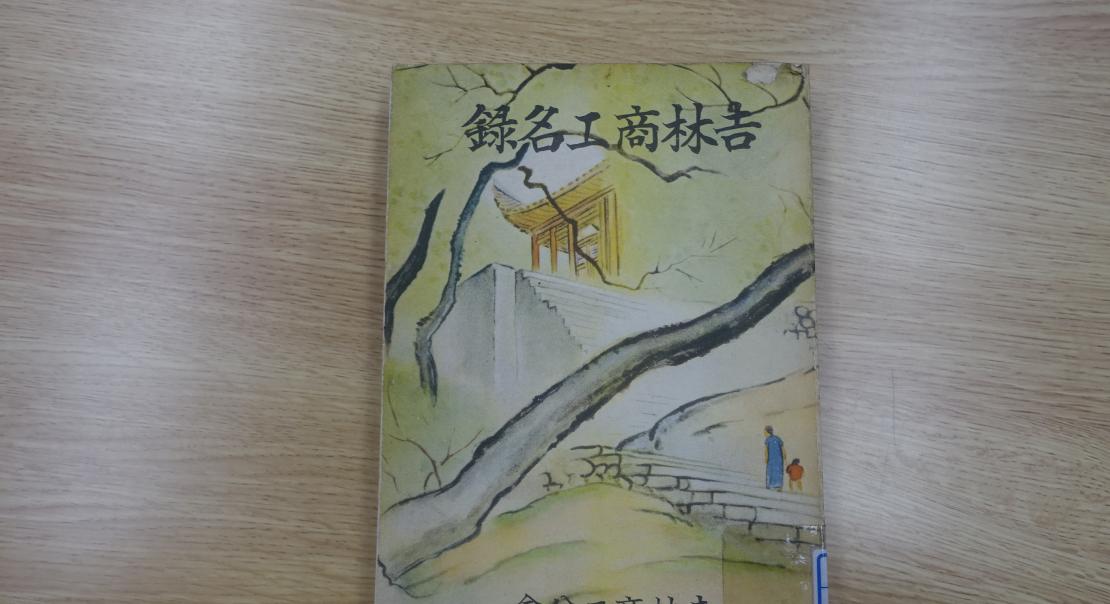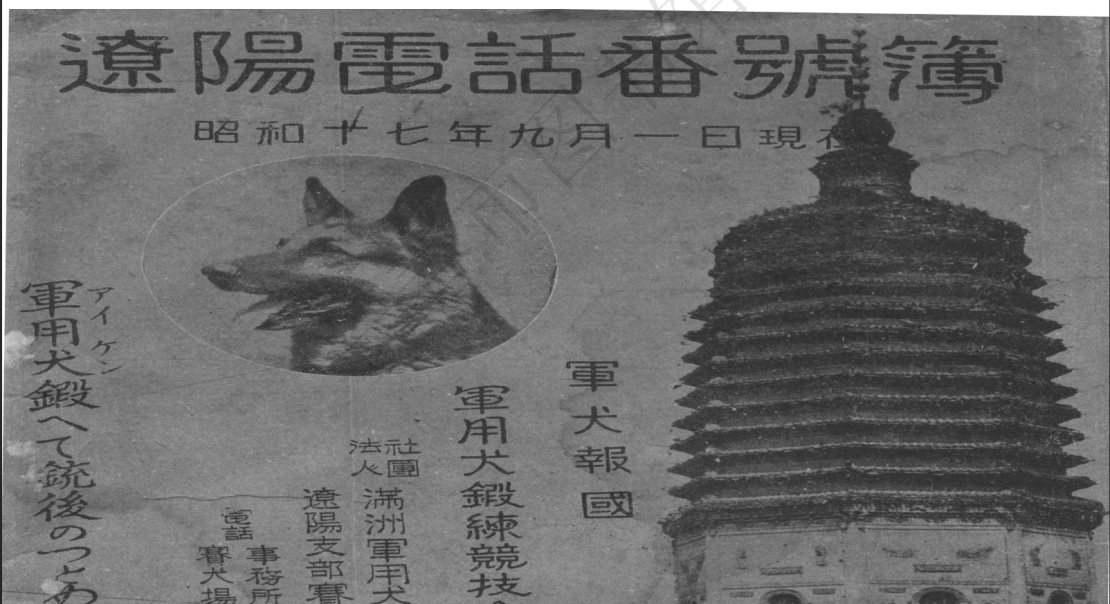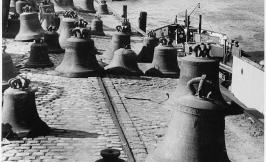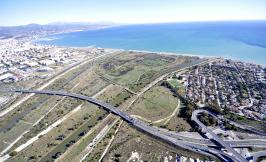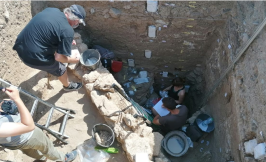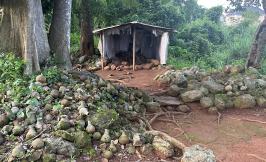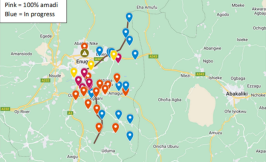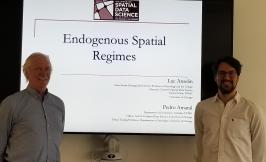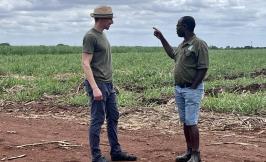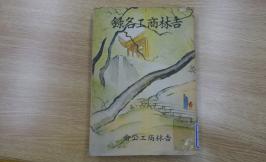
UChicago’s Center for International Social Science Research, under the Division of the Social Sciences, has announced the 2024-2025 cohort of Faculty Fellows. Since 2017 CISSR’s Faculty Fellows Program has supported international, transnational, and global research projects that are empirical in nature.
The program is designed to support social scientists from any discipline, working in any geographic region, regardless of methodological approach. The center provides up to $25,000 for faculty research projects at any stage of development.
This year’s fellows will address topics that include spatial heterogeneity in social science research and the legacy of slavery in eastern Nigeria. They will build on research covering the COVID-19 pandemic in China and relationships in pre-Roman Iberia. And they will explore the precise definition of "neighborhood" as well as the reception of asylum-seekers in Chicago. The topics are broad and impactful, with implications that stretch from academia to policy
This project aims to write a book that takes a global perspective on how land and the power it confers encouraged, created, and allowed many of societies’ most persistent problems—racial hierarchy, gender inequality, environmental degradation, and poverty and inequality—to take root. It explains why countries’ land reallocation policies of the past two centuries patterned and determined these problems, and how this history points us towards new and workable policy solutions. Key to understanding these patterns are four key ways that land has been parceled out by governments: settler, tiller, collective, and cooperative reforms. The four canonical paths of land redistribution tend to lock in governments and civilizations on trajectories that are self-reinforcing and difficult to deviate from. Each path had consequences for how governments structured property rights, built infrastructure, enumerated and categorized citizens, and regulated the environment. The book will illuminate these patterns and their consequences based on original archival work and fieldwork, and in the process will contribute to important and ongoing global debates about some of the world’s most pressing social issues.
A precise definition of "neighborhood," encompassing both spatial extent and social composition, remains elusive. The concept of space as a social product introduces the idea of endogenous evolution, emphasizing its heterogeneous and disputed nature (Lefebvre, 1974). As we consider data within the context of observations ordered in space and time, a paradigm shift occurs (Anselin, 1988). This perspective prompts an exploration of the arbitrary nature of space, where decisions regarding aggregation, zoning, and scale exert a profound influence on the analysis of social phenomena.
We propose to further develop a research collaboration between the University of Chicago’s Center for Spatial Data Science (UChicago CSDS) and the Universidade Federal de Minas Gerais (UFMG) in Brazil that builds on earlier collaborations between Professor Anselin (UChicago CSDS) and Associate Professor Amaral (UFMG). In 2020 and 2023, Dr. Amaral visited the UChicago CSDS and successfully developed a joint research project, partially funded by the Provost’s Global Faculty Awards. Currently, with this CISSR Faculty Research Fellowship Grant we propose to achieve three goals: 1) The further development of new estimators for endogenous spatial regimes to allow for addressing spatial heterogeneity; 2) the implementation of these estimators as free and open software; and 3) the application of these methods and tools to a research project about housing markets in Brazil.
This book will introduce the concept of "intelligence infrastructure" to refer to the physical sites and installations which are required to operate nearly all modern surveillance systems. Intelligence infrastructure includes listening posts for intercepting communications, airfields used for drone surveillance flights, space control systems to operate spy satellites, and radar networks for detecting missile attacks. Geography matters for intelligence infrastructure; many of these sites must be constructed on foreign territory to be effective. Using a qualitative-historical approach drawing on declassified archival material, the book will argue that the "built environment" of U.S. foreign intelligence collection -- global in scope since World War II -- has deeply influenced American foreign relations and policy. The empirical heart of the book will be a historical narrative of American Cold War-era intelligence infrastructure located in overseas territory. This narrative will highlight some recurrent themes, such as the importance of legacy colonial territory, the strategic value of unique geographic locations that are often overlooked in our field (i.e. islands and other remote spaces), the use of lucrative quid pro quos, and the backlash and adaptations such infrastructure elicited. More broadly, this project will theorize the material-logistical mechanics of surveillance and its relevance to power, geography, and threat. The book will contextualize the U.S experience with chapters on British infrastructure for global surveillance in the 19th century and China’s nascent overseas intelligence infrastructure today.
Tsimane infants, growing up in a small-scale subsistence society in lowlands Bolivia, encounter relatively little talk directed to them from adults. Instead, they encounter higher amounts of talk directed to them from other children. In this project, we ask how this set of early experiences shapes Tsimane children's attention to different kinds of language in their environment. Specifically, we will use an experimental paradigm ("preferential looking") to examine whether and when Tsimane infants prefer infant-directed speech (IDS) over adult-directed speech (ADS) that is either produced by children or by adults. This classic experimental paradigm needs major adaptations and piloting before it is ready to be implemented with Tsimane participants, or any other rural field site. The goals of the project are therefore to develop and test an appropriate method for immediate use with Tsimane infants. The results of this project will add to our knowledge about the influence of early language exposure on infants' perceptual preferences and attention to language beyond the English-speaking North American populations typically studied. The primary product of this project will be a freely available and thoroughly documented set-up for adapting this paradigm in a field-friendly, low-cost, and cross-cultural experimental manner.
During Japan’s colonial rule in Manchukuo from 1932 to 1945, the government erected large-scale physical infrastructure, which led to the breakdown of former communities and generated unprecedented tensions among the diverse ethnic groups in Manchuria. This project uses methods of digital humanities to explore how imperial infrastructure reconfigured ethnic relations. Mapping Neighborhoods extrapolates data from two sets of documents, telephone directories and merchants-industrialists’ directories that Japanese institutions in various cities in Manchuria published regularly. Using ArcGIS/QGIS, this is the first project that will revive the spatial dwellings of different ethnic groups on historical maps down to the street level. My mapping will shed light on how each ethnic group related to each other and to key infrastructure facilities differently. This project not only contributes to the current studies of Japan’s empire by going beyond the limitations embedded within official archives and written records, yielding a more diverse and accurate view of how inter-ethnic relations played out in space and time, but also converses with studies of infrastructure to show how the dual force of imperialism and capitalism manufactured differences within Japan’s empire in Manchukuo and how empires reproduced social and political hierarchy through manipulating spatial relations.
Over 20,000 mostly Venezuelan asylum-seekers have arrived in Chicago since August 2021 when Texas Governor Greg Abbott sent the first bus of asylum-seekers to the city as part of a political ploy to test the stated openness of migrant-friendly Democratic legislatures. In response, the City of Chicago bolstered its immigrant integration policies by vastly expanding asylum-seekers’ access to the welfare state, including by developing a brand-new shelter system to house new arrivals, which is separate from the network of existing homeless shelters and cannot be accessed by unhoused Chicagoans. This study is an urban ethnography of the City of Chicago that examines the experiences of asylum-seekers, as well as how the state, civil society, and residents have responded to new arrivals. Actions have ranged from providing housing, welfare benefits, and volunteer aid to the migrants, to organizing protests and appealing to the city to shut down shelters. Through observations in town hall meetings, neighborhood events, volunteer initiatives, police stations, and migrant spaces, as well as interviews with local residents of neighborhoods where migrant shelters have been opened, volunteers, and migrants themselves, we seek answers to the following research questions: (1) How do Chicagoans perceive and respond to the arrival of asylum seekers and city funded facilities to house them in their neighborhoods? (2) What role do existing axes of inequality–race, class, and gender— play in shaping grassroots responses to new arrivals, ranging from conflict to solidarity? (3) How are Venezuelan asylum seekers adapting to life Chicago?
Between 1941 and 1943, the National Socialist government seized approximately 170,000 bells from across the German Empire to fuel the German war machine. This new research project focuses on the consequences of these events for Germans' understanding of the place of the church and spiritual life in postwar society, and the place of bells in constructing a postwar memory culture both of the immediate Nazi past, and of a deeper history of German craftsmanship and everyday life.
From the ninth century BCE the long coasts and fertile valleys of Iberia were tapped by Phoenician and Greek merchants and settlers coming from the eastern Mediterranean. An extended international network was slowly created, which also attracted the participation of Etruscans, Sardinians, Cypriots, and others. Iberia is a perfect laboratory for the study of these economic, cultural, and environmental horizons before the Mediterranean was politically connected under Rome. The ongoing interrogation of how these diverse groups first knitted an interconnected space is key to understanding the later Mediterranean of Classical and Roman periods in its true cultural depth. In 2003 Dietler and C. López-Ruiz organized a conference on this very topic at the UChicago, which resulted in the edited volume Colonial Encounters in Ancient Iberia: Greek, Phoenician, and Indigenous Relations (2009). Following two decades of intensive research stimulated in part by the questions raised at that conference, some of the same and additional experts in the key areas will meet in Chicago and be part of a new curated volume. Shifting the focus from colonial dynamics to the negotiation and construction of identities and territories, as well as new understanding of past environmental challenges, this project will bring novel data and perspectives to an international audience.
In this research project we propose to our knowledge the first quantitative investigation of the legacy of slavery in Africa on contemporary social, economic and political outcomes. Though the preponderance of evidence from the Americas suggests the legacies there are negative, a literature in African studies emphasizes qualitative differences between domestic slavery in Africa and elsewhere, leading one to hypothesize that the consequences may be different, specifically less pernicious. Our focus is on Nkanuland in eastern Nigeria and the descendants of people known as ohus a social status close to slaves as understood in the contemporary social science literature. The descendants of ohus are readily identified and in the study-area live in separate villages making them easy to distinguish. These villages coexist with other villages which include nobody of ohu descent. We propose to survey individuals in these two sets of villages to examine the effects of being the descendant of slaves. Our focus is on the impact of this status on individual incomes, asset ownership, education, occupation and social mobility, but we will also examine the consequences for political participation and office holding. We will also examine the impacts on social capital and how the legacy of ohu descent influences marriage patterns and social networks.
Fortress China: The Pursuit and Unraveling of the Zero-Covid Regime" extends the author’s research for Wuhan: How the COVID-19 Outbreak in China Spiraled Out of Control. This project dissects China's Zero-Covid policy regime and examines the interplay between China's stringent public health measures and its political governance, exploring how the Zero-Covid strategy was sustained under Xi Jinping's leadership despite mounting challenges and its eventual collapse under economic strains and public discontent.
The methodology encompasses archival and field research, comparative analysis, and quantitative methods, offering insights into China's response mechanisms and state-society dynamics during the pandemic. The study aims to contribute significantly to the understanding of China's governance and public health strategy during the Covid-19 pandemic. By providing an in-depth analysis of the Zero-Covid regime's implementation, escalation, and unraveling, this project seeks to inform future public health policies and crisis management strategies globally. The anticipated outcomes include a book that will be valuable for health professionals, policymakers, and scholars in political science, public health, and China studies.
 THE UNIVERSITY OF CHICAGO
THE UNIVERSITY OF CHICAGO

